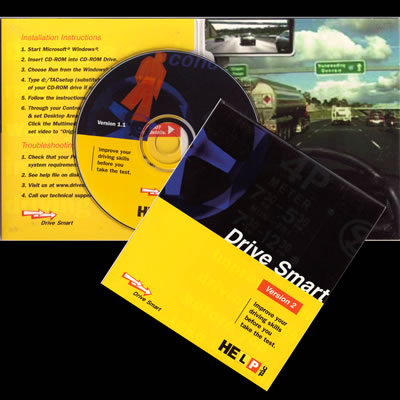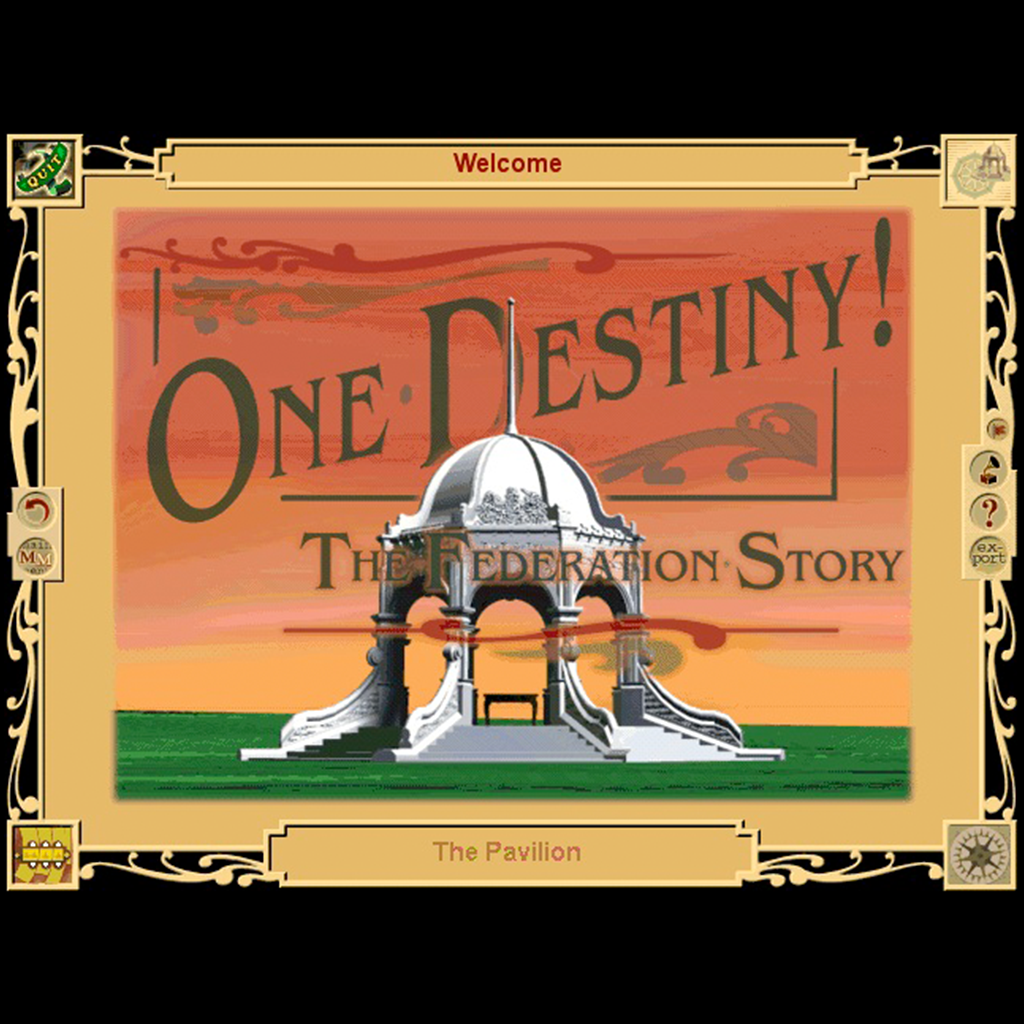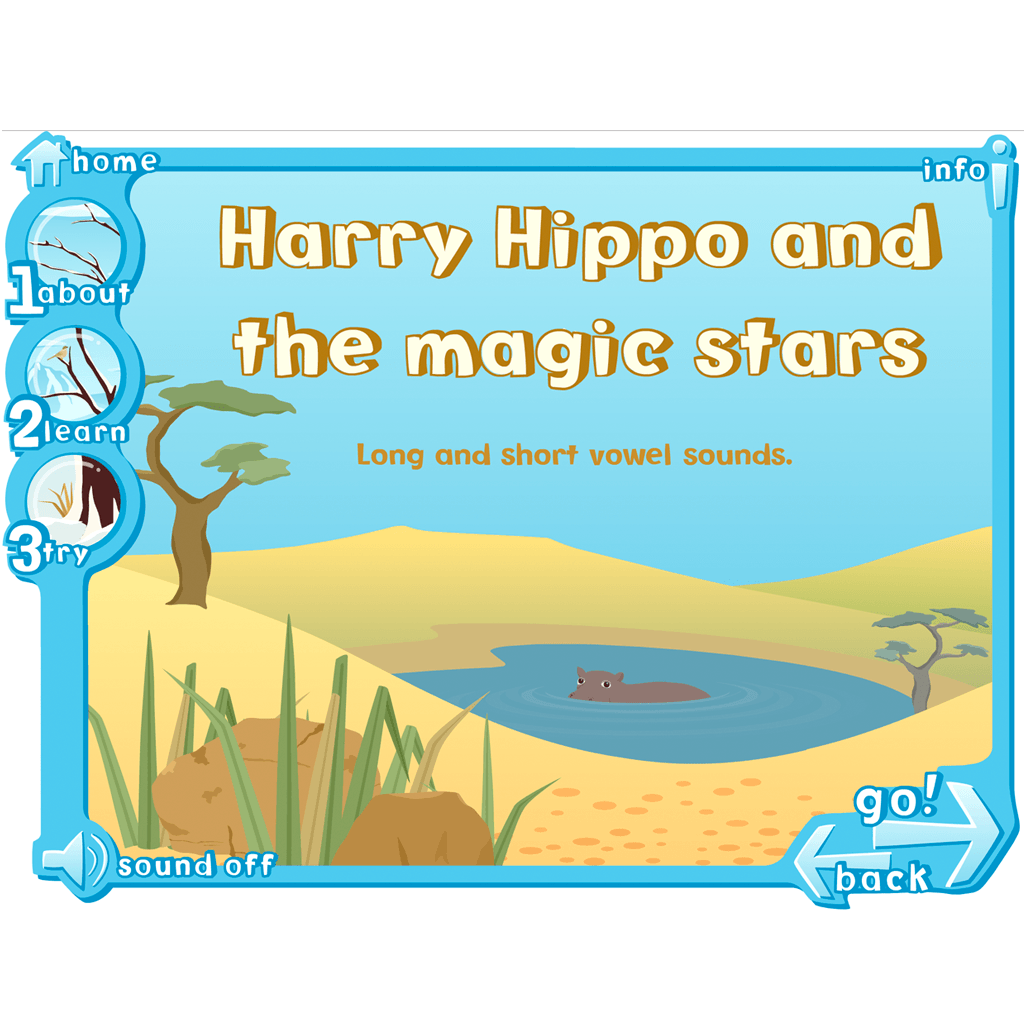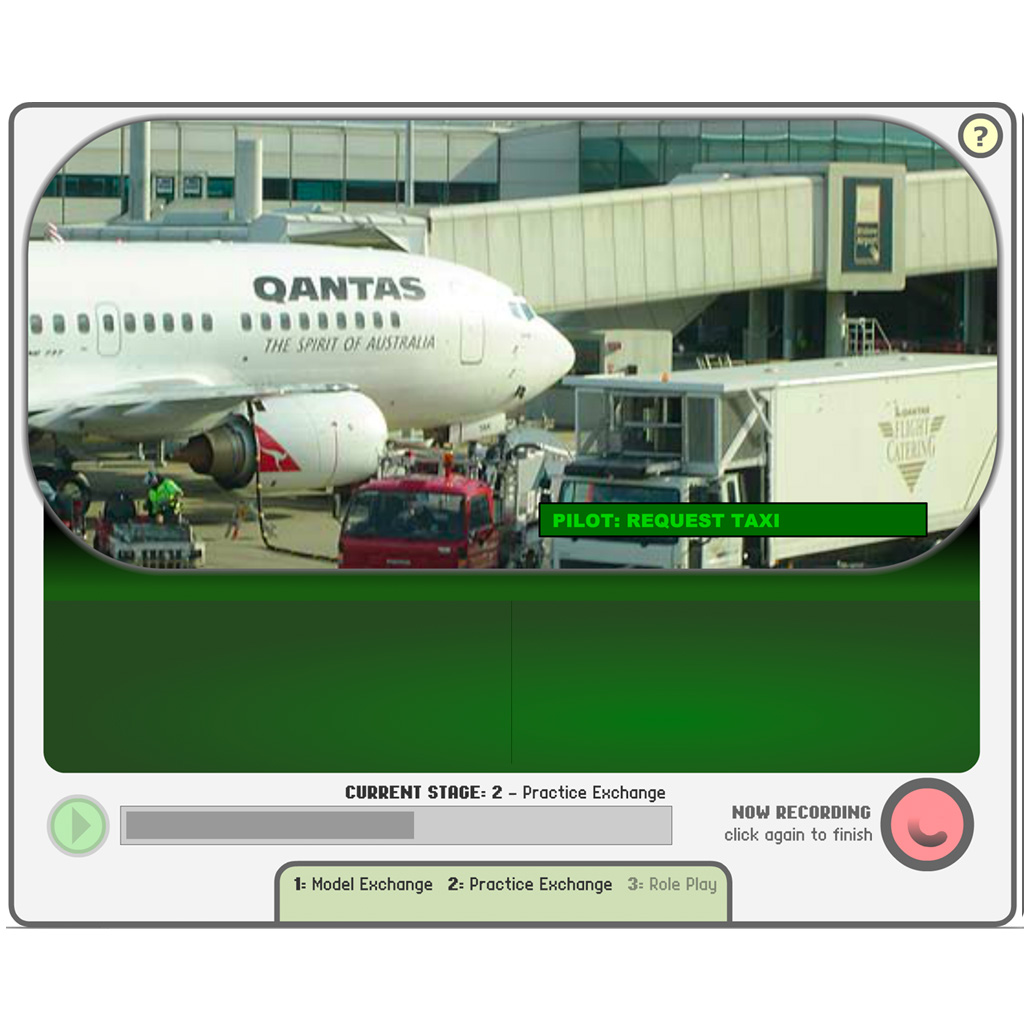There’s no argument that face-to-face training is an excellent way of imparting knowledge to trainees. Sometimes people need to be able to have that personal touch that the methodology provides.
However, the combination of personal face-to-face training with E-Learning in a blended environment is also a great way to have the best of both worlds.
The efficacy of either environment – either separately or in combination – is fairly subjective.
Nonetheless, here are some reasons why you might consider employing E-Learning as a key component within your organisation:
Saving Time
Although face-to-face training is effective it is also time consuming. E-Learning can typically save 40%-60% of your time compared to learning the same content in a classroom environment. The ability to re-sit or review content at any time – at home or while commuting, at your own pace makes E-Learning the obvious choice when you’re short of time.
Saving Money
Initial development costs are not insignificant, but the ability to re-use, quickly adapt and modify modules to suit requirements makes E-Learning the clear winner where budgets are concerned. The cost of travel, accomodation and other logistics of getting trainees to a training centre is sometimes prohibitive, and the loss of time, effort and concentration can make the whole process counter-intuitive and a poor investment.
Higher retention rates
Compared with face-to-face training, E-Learning has far higher retention rates. In fact, E-Learning retention rates are double if not triple the rates achieved with traditional methodologies. Learners with communication and comprehension difficulties are more likely to engage in a self-paced e-learning environment than they would in a live classroom situation.
Tracking Competency
Tracking competency is far easier and more consistent with E-Learning, whereas a face-to-face training environment relies on the ability of the facilitator to report accurately. The E-Learning space also allows for much faster assessment and remediation, allowing you to take better care of and have more effective control of your employees’ progress.
Flexibility and scalability
E-Learning gives you the edge when you’re adapting to changes in your environment. For instance, rolling out deviations on a policy or procedural change could be almost instantaneous in the E-Learning environment, but time-consuming and expensive if face-to-face was your only option.
Versatility
Not everyone responds well to a classroom environment – some find it dull and boring. However, the E-Learning environment allows them to self-educate at their own pace and repeat sections where they need to. In addition, some scenarios are completely unsuited to a classroom setting.
For example, learning how to operate a handheld device in a logistics/supply chain management workplace. This is a perfect scenario for an interactive, feedback-rich E-Learning module which could accurately simulate the interface, interactions, and results of a real-world situation.
Employee Loyalty
It’s a proven fact that happy employees work harder, are more focused, and are more productive than unhappy ones. There’s nothing that shows employer commitment more than providing employees with the ability to improve their skills and reap the rewards of competence. Its far easier to keep an existing employee on a sustainable career path than have to train new ones from the ground up. E-Learning provides a focused, maintainable and measurable way of keeping employees motivated and productive as valued members of your organisation.
Eco-friendly and sustainable
It’s fairly evident that removing the need to commute to training courses, obviating the requirement for printing course notes, manuals and other assets, as well as other logistical issues will reduce the environmental footprint of your training. Parents with at-home aged children will appreciate not having to pay for childcare as they do their training from home. Digital assets with flexible and easily-updatable content will reduce the environmental overhead. And that’s a good thing!
The Bottom Line
With it’s cost-effectiveness, ease of access, swift deployment, consistent content, measurable competency tracking, versatile applications and demonstrable results, it’s plain to see that E-Learning will improve your bottom line. It will increase your competitive edge and allow you to react quickly and effectively to market change.
E-Learning Samples
Here are a few examples of e-learning work that we’ve made for clients:
What kind of business could benefit from using E-Learning?
Any business that requires staff to be on top of process, procedure, rules & regulations.
Any business that needs to ensure consistency and competency.
Any business that needs to maintain or improve quality without burning holes in their budget.
Could any of these requirements be applied to your business?
- Customer Service
- Sales
- Healthcare
- Information Technology
- Occupational Health and Safety
- Information Security
- Induction
- Onboarding
- Software Simulation
- Chemical Safety
- Electronics
- Certification
- Compliance
- Language
- Science
- Financial
- Hazard Protection
- Planning
- Aeronautics
- Manufacturing
- Retail
- Process Management
- Risk Assesment
- Early Learning
- Business Planning
- Logistics Management
- Human Services
- Medical & Vetinary
- Media & Communication
- Disaster Prevention & Recovery
- Defence
- Supply Chain Management
- Government
- … and many more
Learning Objectives
We employ the following classification of learning objectives according to the cognitive processes involved in the mind of learners:
1
Knowledge.
Learners must be able to recall or remember the information.
2
Comprehension.
Learners must be able to understand the information.
3
Application.
Learners must be able to use the information they have learned at the same or different contexts.
4
Analysis.
Learners must be able to analyse the information, by identifying its different components.
5
Synthesis.
Learners must be able to create something new using different chunks of the information they have already mastered.
6
Evaluation.
Learners must be able to present opinions, justify decisions, and make judgments about the information presented, based on previously acquired knowledge.
Our Process
After many years developing programmes for clients from environments as diverse as heavy industrial, mining and Defence, to manufacturing, Government, health, finance and fashion, we’ve developed a consistent and reliable process that keeps everyone on track and on budget:
Consultation
We consult with to to define the goals of your e-learning project. It’s not just as simple as saying ‘We want our staff to be better at … some procedure’, or ‘We want to see if people really know how to do a particular job safely’.
It’s far more than that. It involves getting really familiar with your corporate culture, intimately understanding your processes and procedures, talking to all types of stakeholders from management to end users, and familiarising ourselves with your reporting structure.
Instructional Design
Once we understand what your e-learning goals are, how you intend to deploy them within your target area and the way you intend to measure the success of the project, we can start creating the basic building blocks of our e-learning instructional design.
On many occasions, we find that our clients already have a good sense of the content that they wish to use. In that case, our role would be one of oversight and insurance that the content matched the objectives.
Storyboarding
Although storyboarding might be seen as an antiquated process, we find that it can help to quickly discover any potential gaps, bottlenecks or misdirection in the e-learning process. We find that this type of visual aid keeps everyone informed of the workflow and also allows the workflow to be compartmentalised for more efficient development.
Scripting
Some people may find that scripting an e-learning development screen-by-screen is a tedious and unnecessary process. We beg to differ. It allows instructional designers and developers to crystallise the placement of every chunk of content in each step of the process. Every piece of text, every image, all audio and video components and every single user interaction is tabulated and signed off before anyone starts work.
Prototyping
We hate to waste valuable time and resources, both yours and ours. So once you’ve signed off on the script, we’ll build a prototype that will contain a functional representation of the more common elements of one of your e-learning modules. This is designed to allow your end users to experiment, and essentially either try and break it, or at least expose any potential flaws so that we can address them before we begin the actual build.
Testing
Once we have built the e-learning module(s), we generally upload them to a private, password-protected server environment or Learning Management System where you can test, interact, and comment on the content. Once this phase has passed muster, we will either deliver the content to your IT department, or commission it ourselves on your LMS, whatever you require.
Deployment
Depending on the Learning Management System in place, we’ll upload all content and give you the keys to your new E-Learning content. But we won’t stop there. Periodically, we’ll consult with you to help you maintain the best possible standards, analyse the metrics with you and make suggestions for further improvements. We’re part of your team.






 | © 2014 John Ryan Design | All Rights Reserved | 100 percent Australian |
| © 2014 John Ryan Design | All Rights Reserved | 100 percent Australian |